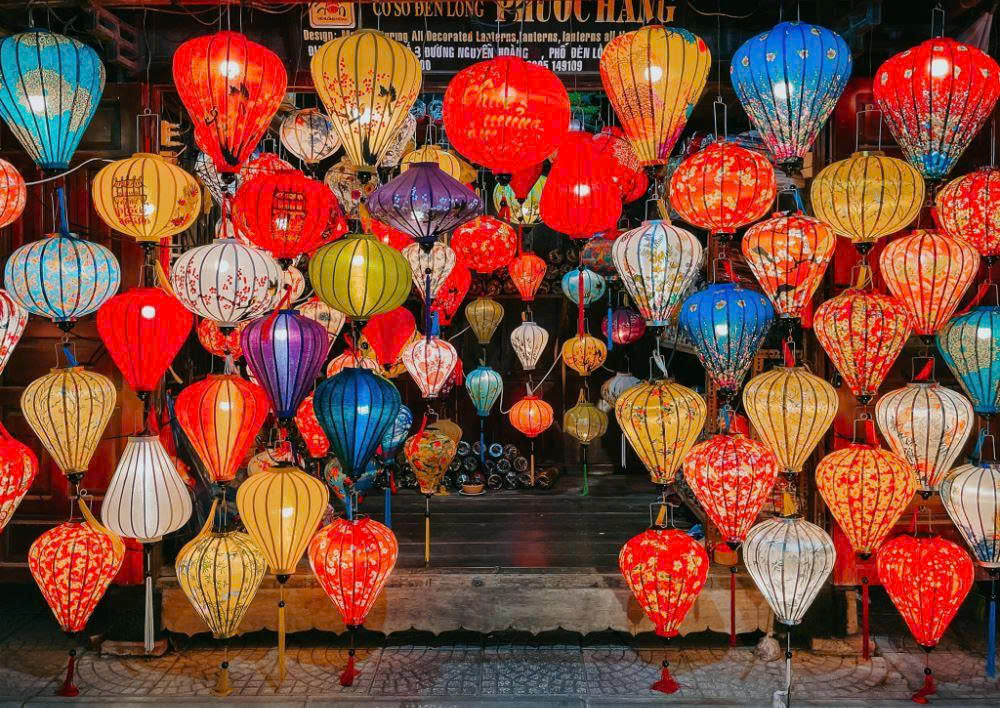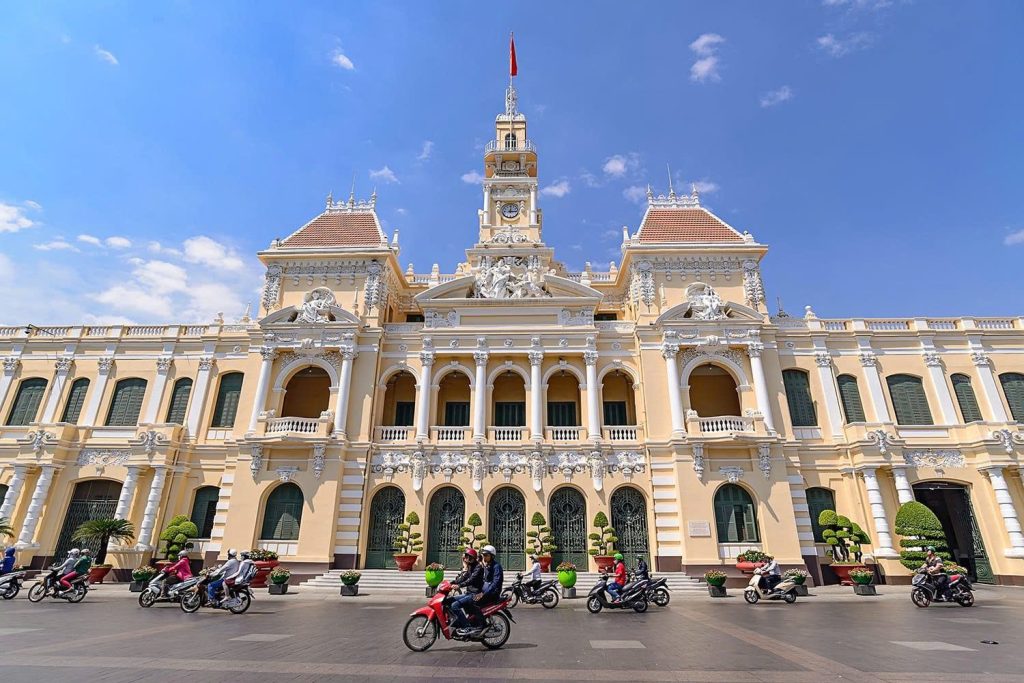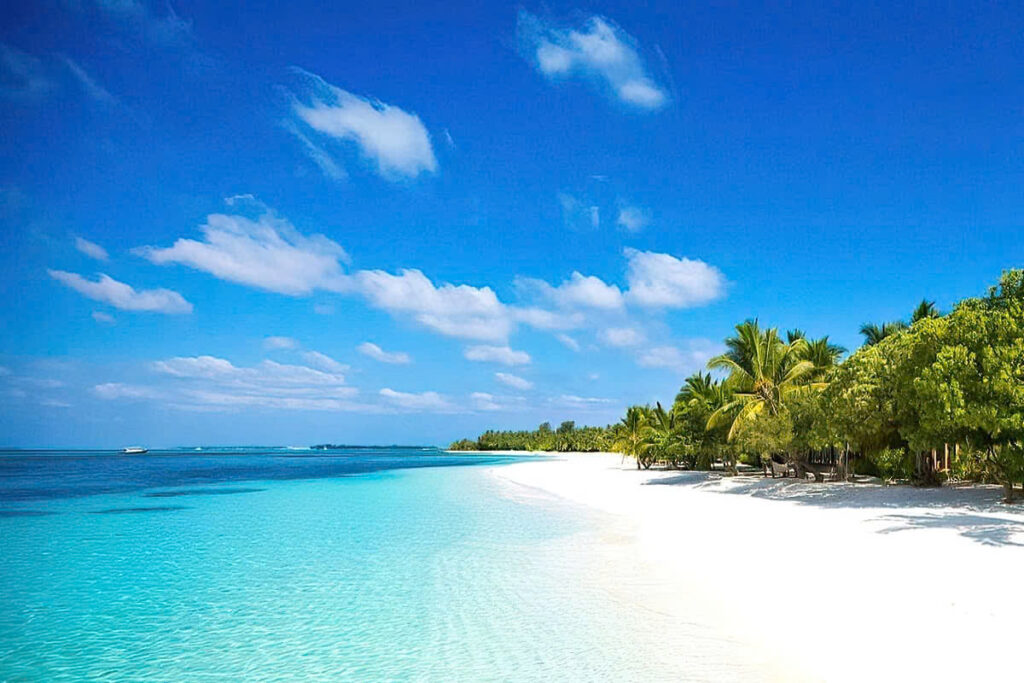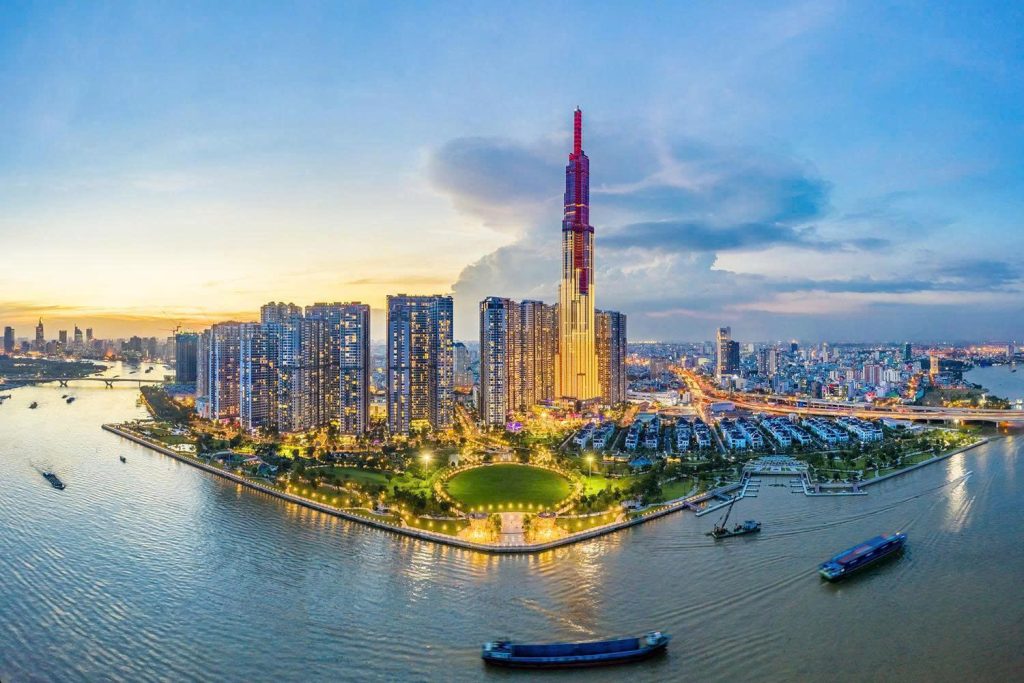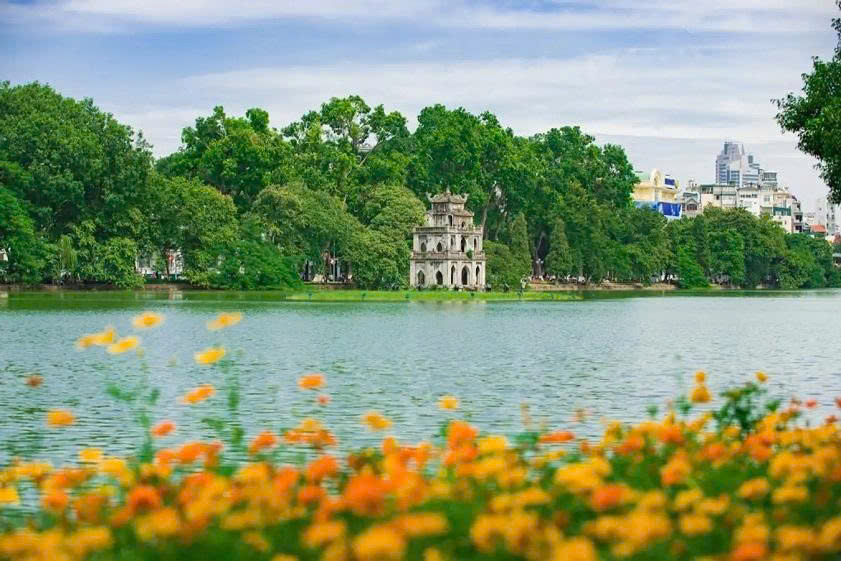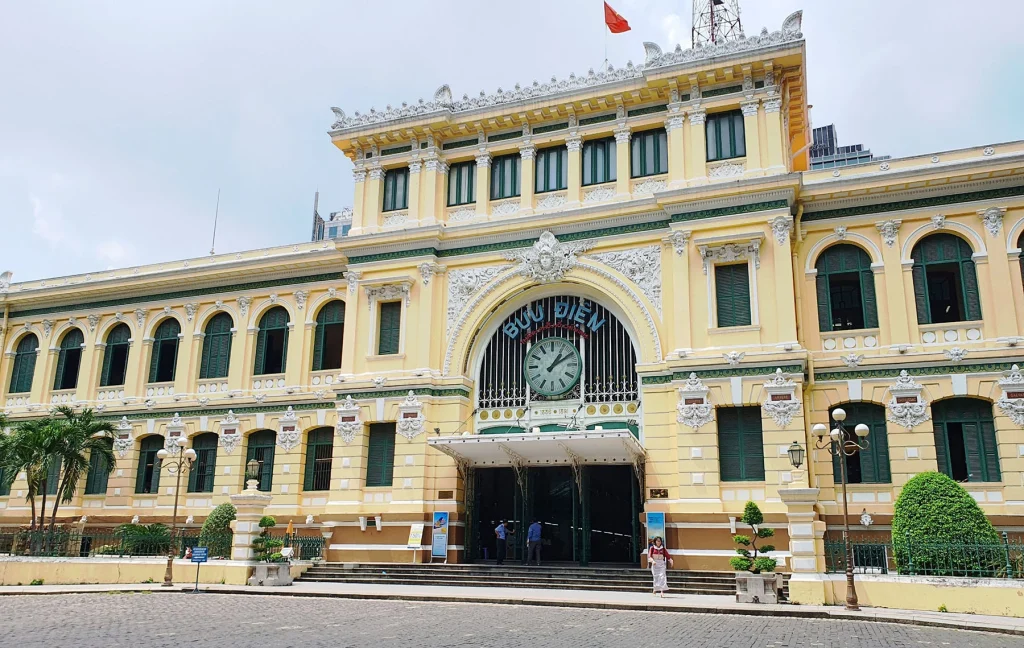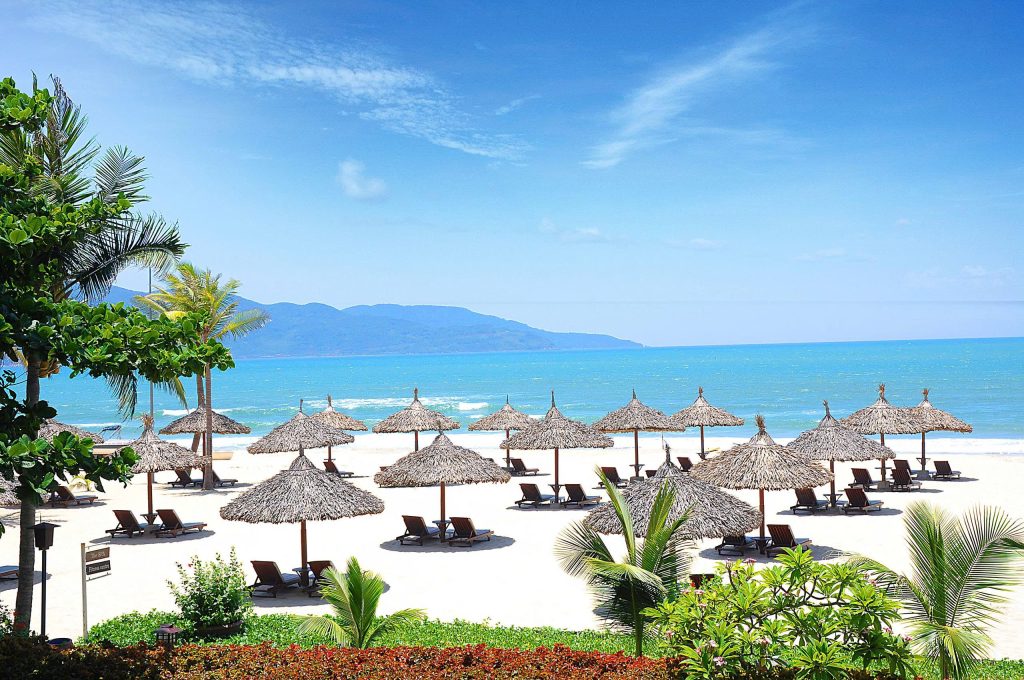Hoi An, Vietnam’s enchanting Ancient Town, beckons travelers with its timeless charm, lantern-lit streets, and rich cultural heritage. But to truly experience its magic, timing is everything. Choosing the best time to visit Hoi An Vietnam can transform your trip from a pleasant vacation into an unforgettable journey. This article, informed by local insights and extensive travel experience, will help you navigate Hoi An’s distinct seasons, ensuring your visit aligns perfectly with your preferences for weather, crowds, and unique cultural events.
Hoi An’s Climate: A Tale of Two Seasons
Hoi An’s climate, like much of Central Vietnam, is characterized by two primary seasons: a dry season and a rainy season. Each offers a unique facet of the town, presenting different advantages and considerations for travelers. Understanding these patterns is fundamental to planning your trip.
The Dry Season (February – August): Sun-Kissed Days & Lantern-Lit Nights
This period is generally considered the most popular time to visit, and for good reason.
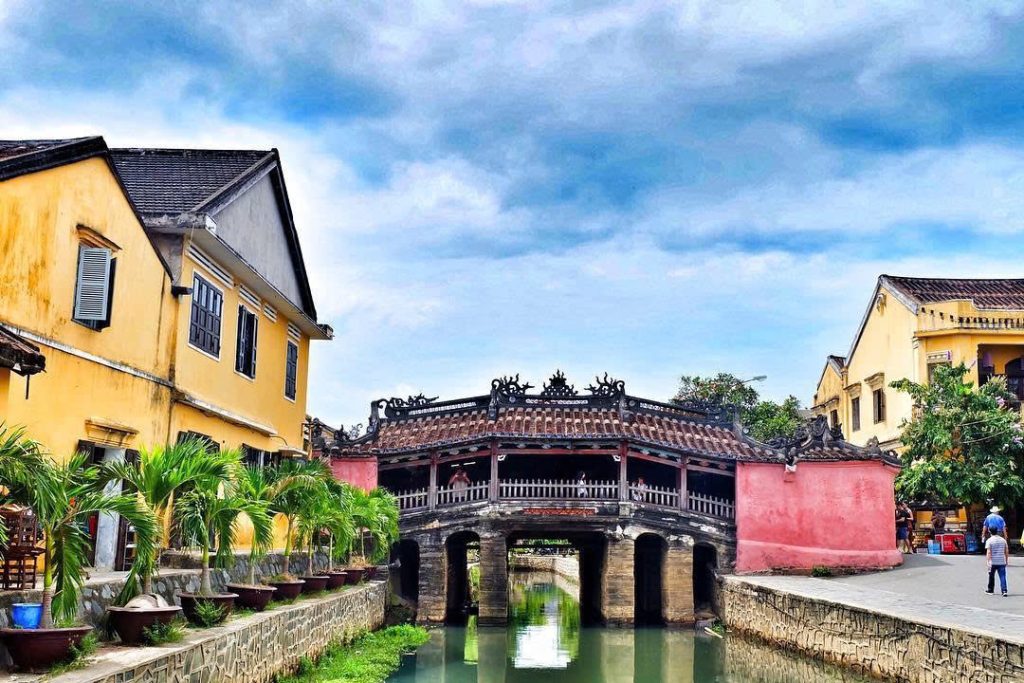
- Ideal Weather for Exploration & Beach Activities: Expect abundant sunshine, blue skies, and comfortable temperatures, perfect for strolls through the Ancient Town, cycling through rice paddies, or relaxing on nearby beaches like An Bang and Cua Dai.
- Lower Humidity & Clear Skies: Humidity levels are generally lower, making outdoor activities more enjoyable. The clear skies are a photographer’s dream, especially for capturing Hoi An’s iconic lanterns at night.
- Peak Tourist Season & Higher Prices: Naturally, this appealing weather attracts more visitors, resulting in larger crowds and potentially higher prices for accommodations and some tours. It’s highly recommended to make advance reservations for visits in these months.
The Rainy Season (September – January): Lush Landscapes & Local Charm
While often overlooked, the rainy season has its own unique allure for a different kind of traveler.
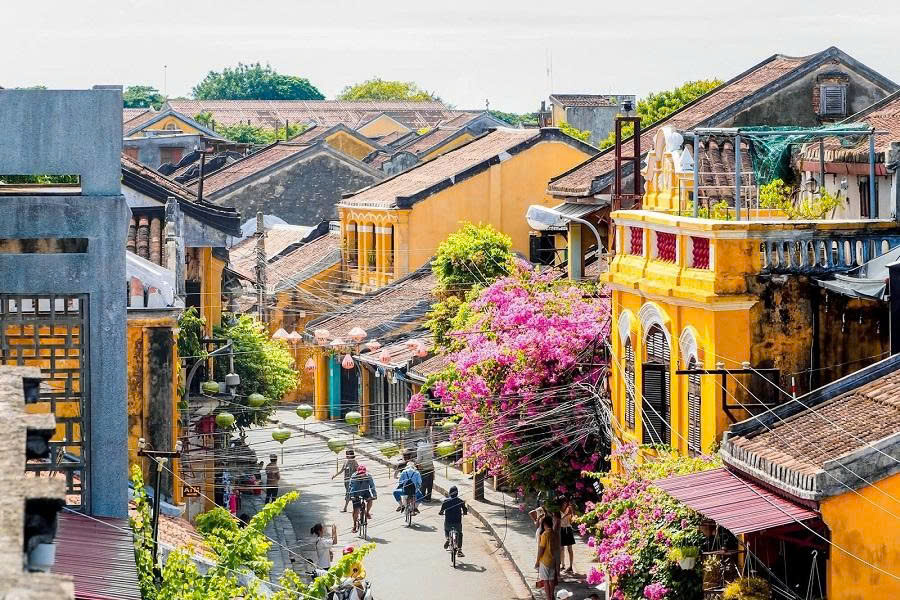
- Increased Rainfall & Potential Flooding: This period sees higher rainfall, particularly from October to November, which can sometimes lead to Hoi An flooding. While inconvenient, many travelers find the sight of the Ancient Town’s streets transformed into waterways quite captivating, with locals navigating by boat.
- Cooler Temperatures & Higher Humidity: Temperatures are generally cooler and more comfortable than the dry season’s heat, though humidity can be quite high.
- Fewer Crowds & Budget-Friendly Travel: If you prefer a more serene experience and are looking to save on flight prices and hotel rates, the rainy season can be a good choice, as tourist numbers significantly drop.
- Impact of Typhoons on Travel (September – November) (H4): It’s important to note that the Typhoon Season Vietnam can affect Central Vietnam during these months. While direct hits are not constant, heavy rains and strong winds can occur, potentially disrupting travel plans. Always monitor Hoi An weather forecasts closely.
Hoi An Weather by Month: A Detailed Breakdown
January: Pleasant & Post-Rainy Charm
- Cooler Temperatures: Average around 20∘C (68∘F).
- Lingering Rain but Improving Conditions: While still part of the rainy season, rainfall starts to decrease. The air is fresh, and the town feels vibrant after the wettest months.
February: Transition to Dry Season & Tet Holiday
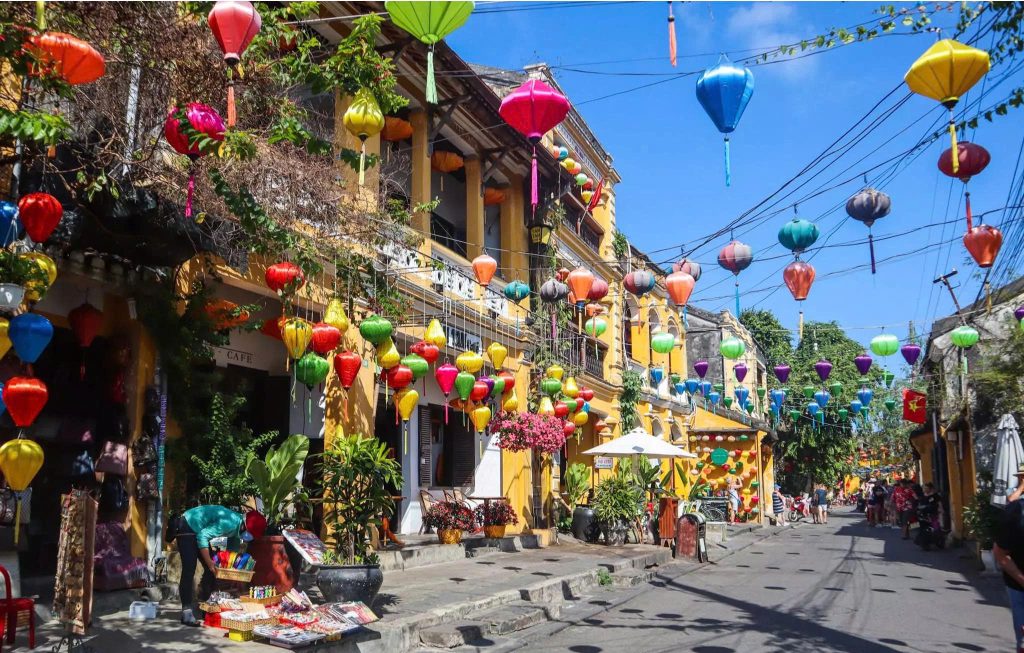
- Less Rain & Warming Up: A beautiful month as Hoi An’s dry season begins to firmly establish itself. Temperatures are comfortable, averaging 22∘C (72∘F).
- Tet Holiday Impact: Be aware that Tet Holiday (Lunar New Year) often falls in late January or February. While it offers unique cultural celebrations, it also brings significant crowds of domestic travelers and potential closures of some businesses.
March – April: Golden Months for Weather
- Perfect Balance: Warm, Sunny, Low Humidity: These are arguably the ideal time to visit Hoi An. Expect abundant sunlight, clear skies, and pleasant temperatures averaging 25−28∘C (77−82∘F).
- Popular Time for Tourists: Unsurprisingly, these months are very popular, so book well in advance.
May – July: Hot & Sunny, Beach Ready
- High Temperatures & Strong Sunshine: The weather gets hot, with averages climbing to 30∘C (86∘F) or higher, especially in June and July. This is the peak of Hoi An’s summer.
- Ideal for Beach Lovers: Perfect for those who want to combine ancient town exploration with relaxing days at An Bang Beach or Cua Dai Beach.
- Prepare for Heat & Hydration: Stay hydrated and plan your sightseeing for early mornings or late afternoons.
August: Still Hot, but Signs of Change

- Continuing Heat, but Increasing Chance of Afternoon Showers: Temperatures remain high, but the chance of brief, refreshing afternoon showers increases as the season transitions towards the rainier months.
- End of Peak Dry Season: Crowds might begin to thin slightly towards the end of the month.
September: Start of Rainy Season & Typhoon Watch
- Increased Rainfall & Humidity: The Hoi An rainy season officially begins. Expect more frequent and sometimes heavier downpours.
- Beginning of Typhoon Season: This month marks the start of the primary typhoon season for Central Vietnam. Always monitor local news and Hoi An weather forecasts.
October – November: Peak Rainy & Flood Season
- Heaviest Rainfall & Risk of Flooding: These are the wettest months, with persistent rain and a significant risk of Hoi An flooding.
- Fewer Tourists, Unique Atmospheric Photos: While challenging for some, fewer crowds offer a more intimate experience. The reflections on flooded streets can create stunning, unique photography opportunities.
- Potential Disruptions to Activities: Some outdoor activities might be limited.
December: Cooler & Still Rainy, Festive Spirit
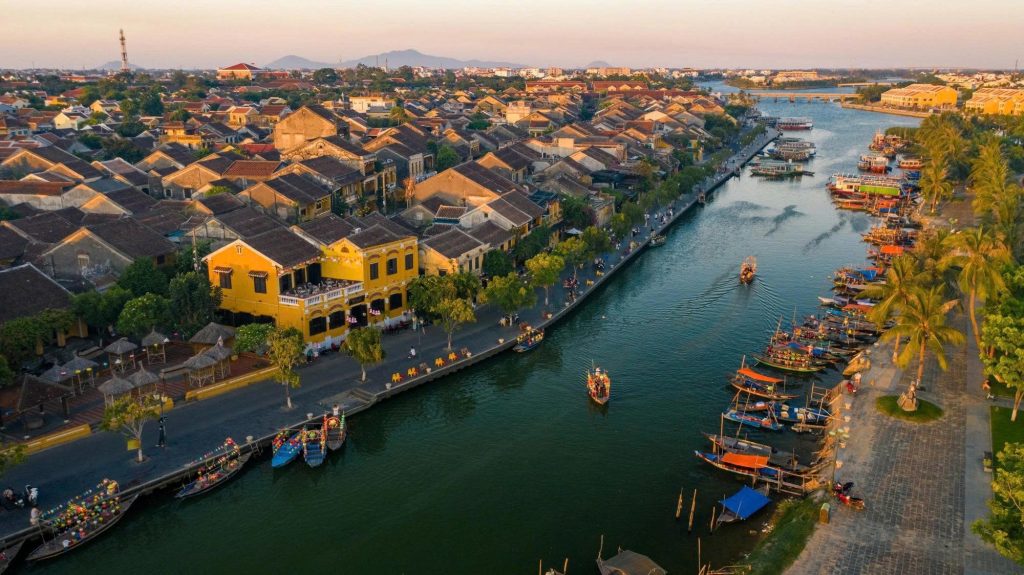
- Cooler Temperatures, Still Significant Rain: Average temperatures drop to around 20−24∘C (68−75∘F). While still wet, the rainfall typically isn’t as intense as October/November.
- Christmas & New Year Festivities: The festive spirit of the holiday season adds a unique charm, attracting some visitors despite the rain.
Best Time Based on Your Travel Style & Activities
Your personal preferences play a crucial role in determining your Hoi An optimal visiting period.
For Ideal Weather & Outdoor Activities
- February to April (Most Recommended): This window offers the best combination of comfortable temperatures, ample sunshine, and minimal rainfall for exploring the Ancient Town, cycling, and enjoying the nearby beaches.
- May to July (For Beach Lovers): If swimming and sunbathing are high on your list, embrace the heat of these months for perfect beach weather.
For Budget Travelers & Fewer Crowds
- September to January (Except Tet Holiday): If you don’t mind occasional rain and prioritize lower flight prices and hotel rates, these months offer a more tranquil and cost-effective experience.
For Photography Enthusiasts
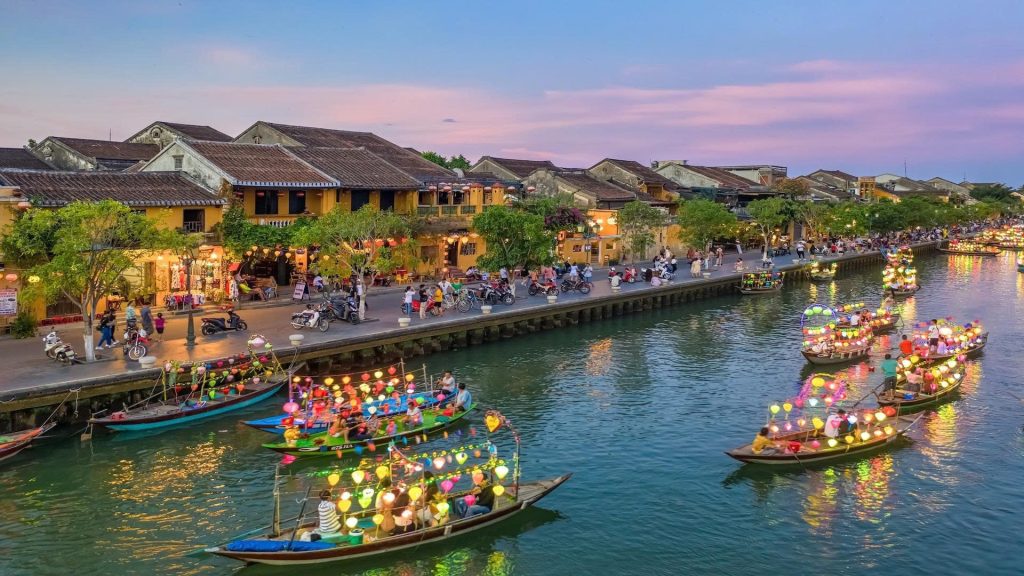
- March – April (Clear skies, vibrant light): Ideal for classic, clear shots of the Ancient Town, boats, and architecture.
- Rainy Season (Unique reflections, atmospheric shots): For those seeking dramatic, moody shots of reflections on wet streets or misty mornings, the wet season offers unparalleled atmospheric conditions.
For Experiencing Hoi An Lantern Festival (Full Moon Festival)
- Monthly Event: The Hoi An Lantern Festival takes place on the 14th day of every lunar month. You can experience this magical event regardless of the season, but planning your trip around it is a definite highlight. Check the lunar calendar for exact dates.
What to Pack & Prepare for Each Season
Being prepared for Hoi An’s climate ensures a comfortable trip.
Dry Season Essentials
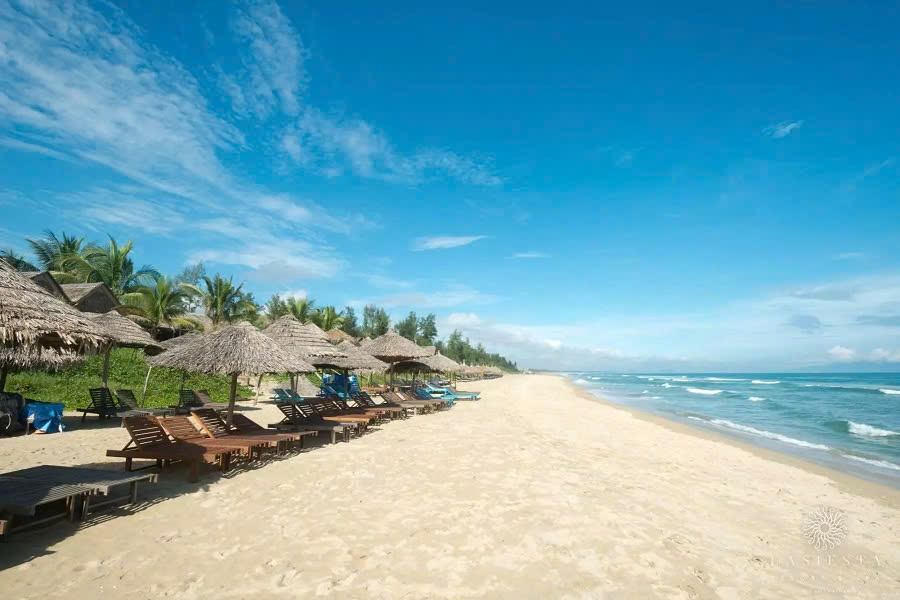
- Lightweight clothing: Breathable fabrics like cotton or linen.
- Sun protection: Sunscreen (high SPF), wide-brimmed hat, sunglasses.
- Comfortable walking shoes: You’ll be doing a lot of exploring.
- Swimwear: If you plan on beach trips.
Rainy Season Essentials
- Rain jacket or compact umbrella: Essential for sudden downpours.
- Waterproof shoes or sturdy sandals: To navigate wet streets.
- Quick-drying clothes: Lighter fabrics are better.
- Waterproof bag: To protect electronics and documents.
RELATED: Hoi An Lantern Festival Dates 2025: Your Complete Guide
General Tips for All Seasons
- Insect repellent: Especially important during warmer or humid months.
- Basic first-aid kit: For minor cuts or scrapes.
- Reusable water bottle: Stay hydrated and reduce plastic waste.
Hoi An, with its captivating blend of history, culture, and natural beauty, truly offers something for every traveler. While the Hoi An dry season from February to April provides the most consistently pleasant Hoi An weather, each season presents a unique charm and experience. Whether you seek sun-drenched explorations, the quiet magic of a rainy day, or the vibrant glow of the Lantern Festival, planning your visit with these insights will help you choose your ideal Hoi An travel period.

